Bees Aware: Invasive ‘Murder Hornet’ a New Threat to Pollinators
As if this year hasn’t been nightmarish enough, enter now an invasion of the “murder hornet.” Reports of the Asian giant hornet (Vespa mandarinia), the world’s largest, have been confirmed by the Washington State Department of Agriculture (WSDA). Besides just having a menacing nickname and intimidating size (generally 2 inches in length), these insects pose a real threat to pollinators, namely honey bees.
-
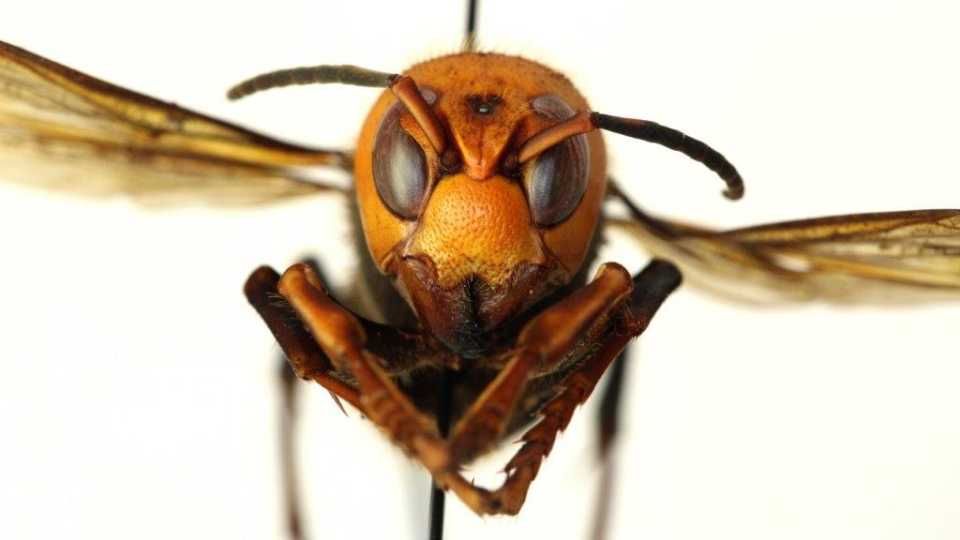
-
1 of 7
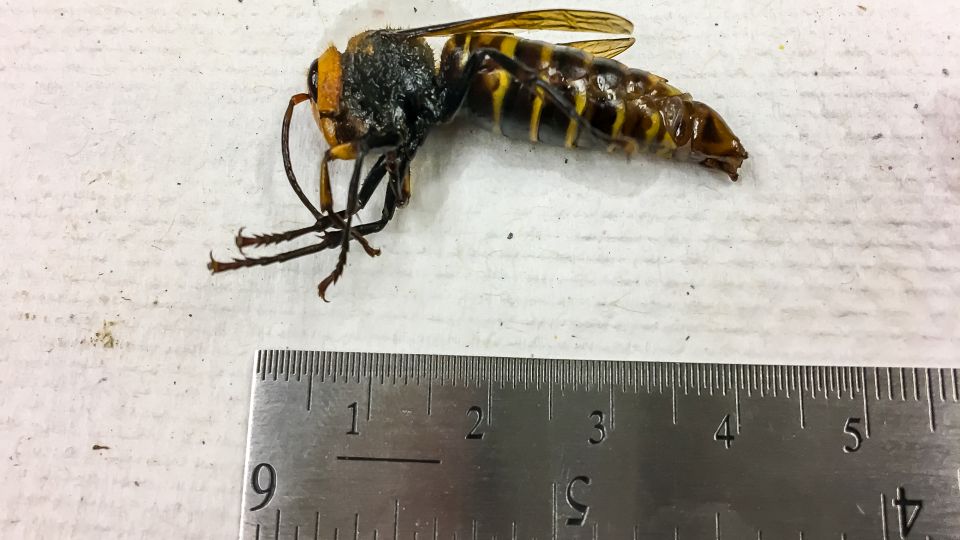
Here's a side view of the northern giant hornet, the so-called "murder hornet." The first male of the species was recently found in Washington State.
Photo by Karla Salp, WSDA
-
2 of 7

The northern giant hornet normally nests underground in large colonies.
-
3 of 7
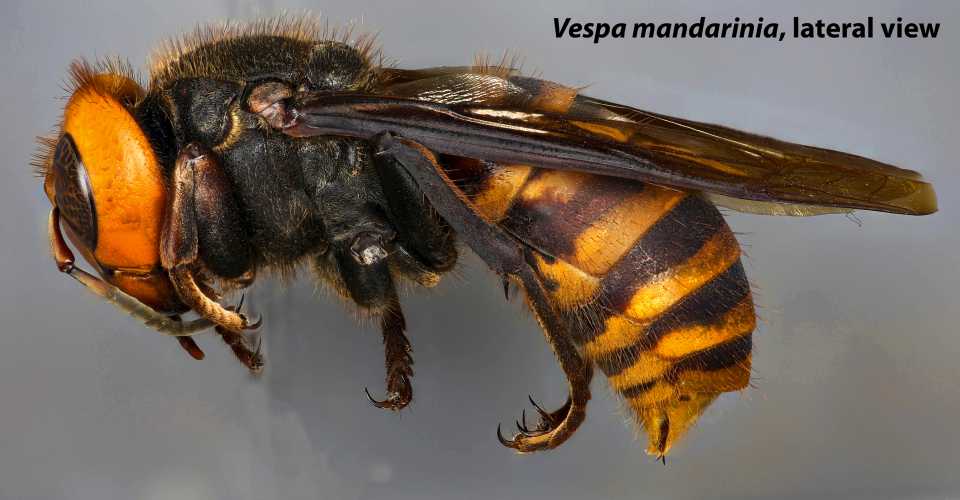
With advances that have been made in DNA sequencing, a faster response to new pest detections (such as the northern giant hornet) has become possible, removing limits that existed before due to sample size, DNA quality, and complexity.
Photo by Matthew L. Buffington -
4 of 7
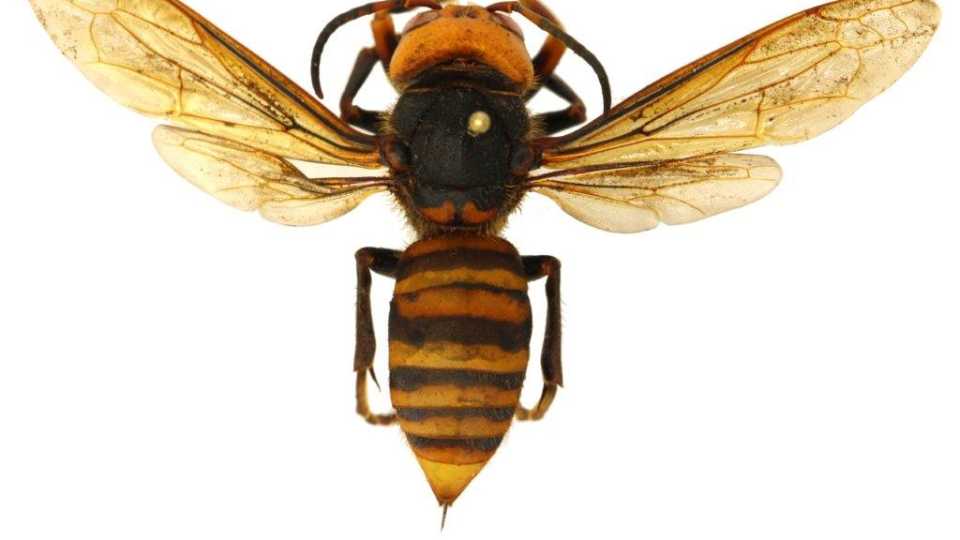
The stinger of the northern giant hornet can be up to a quarter inch long.
-
5 of 7
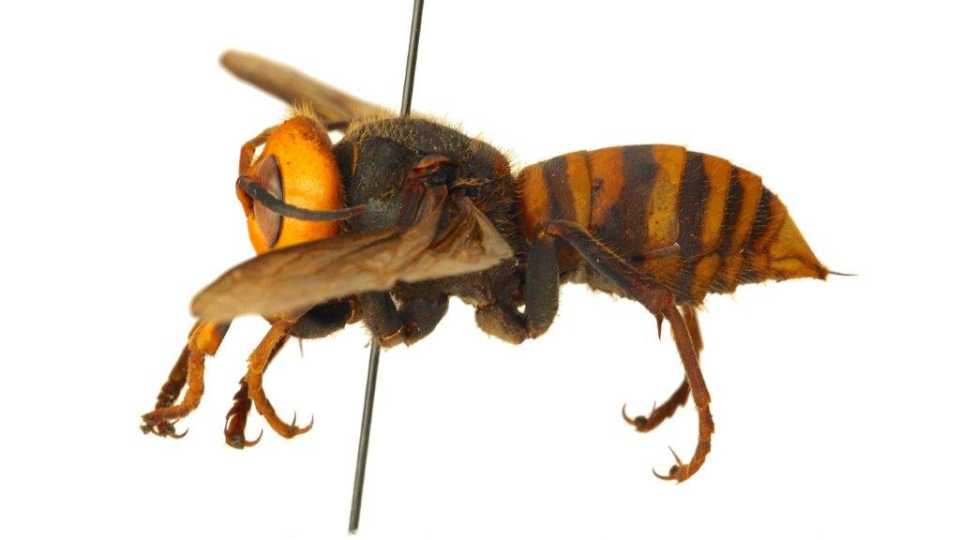
The northern giant hornet is usually 1.5 to 2 inches in length.
-
6 of 7
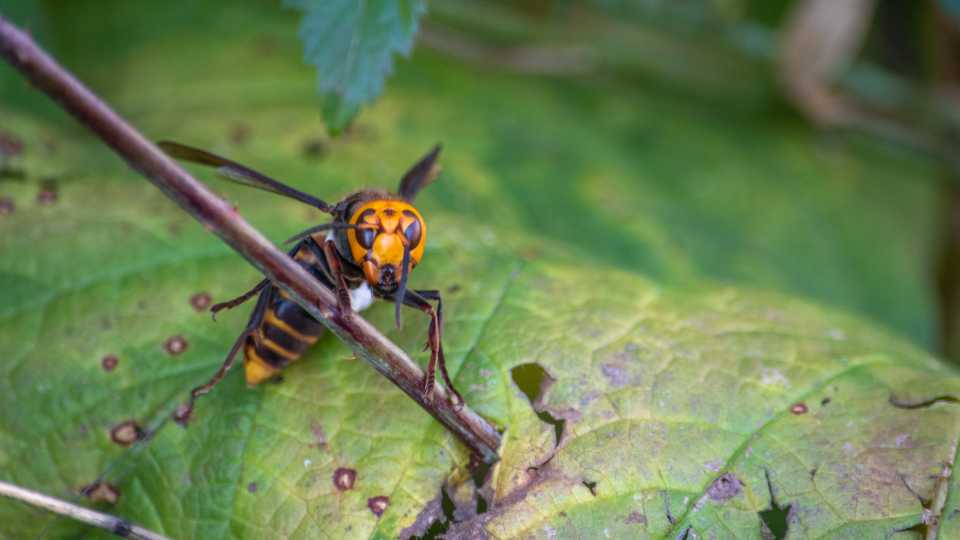
Researchers in the Pacific Northwest have been watching for northern giant hornets. Through innovative efforts, they located the first nest in the U.S.
Photo courtesy of Washington State Department of Agriculture -
7 of 7
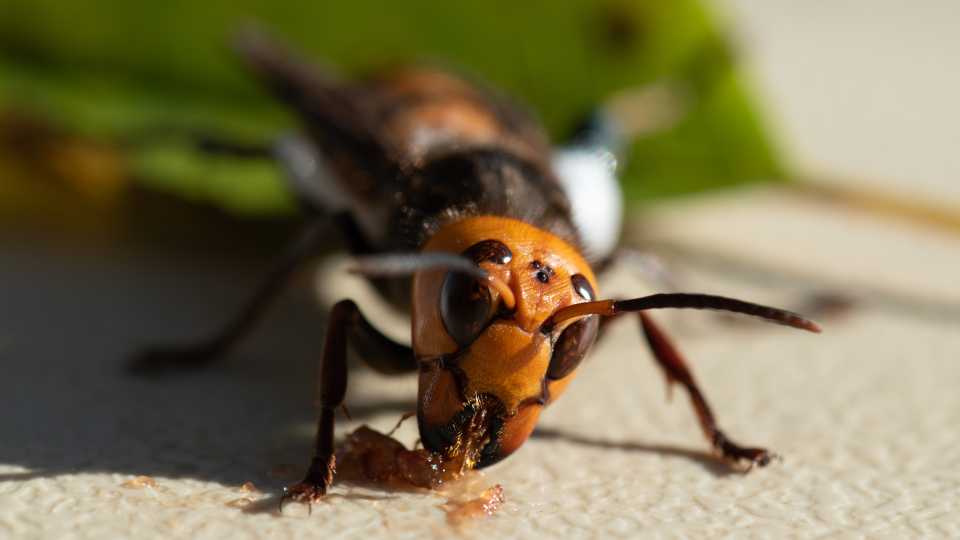
Apparently, northern giant hornets are fond of eating jam.
Photo courtesy of Washington State Department of Agriculture
View all







According to the WSDA, Asian giant hornet attacks and destroys honeybee hives. A few hornets can destroy a hive in a matter of hours. The hornets enter a “slaughter phase” where they kill bees by decapitating them. They then defend the hive as their own, taking the brood to feed their own young.
They also attack other insects but are not known to destroy entire populations of those insects.
The invasive hornet has a stinger longer than a honeybee with venom more toxic. They can sting repeatedly with the ability to penetrate typical beekeeping protective equipment. Generally, these wasps don’t attack people or pets, but can if agitated.
Identification
- Usually 1.5 to 2 inches in length
- Large orange/yellow head with prominent eyes
- Black and yellow striped abdomen
- Forms large colonies that usually nest in the ground
In December, WSDA received and verified four reports of Asian giant hornet near Blaine and Bellingham. These were the first-ever sighting in the U.S. Canada also had discovered Asian giant hornet in two locations in British Columbia in fall 2019.
The WSDA has established a Hornet Watch online portal where people can submit sightings. Click here for more details.
Subscribe Today For

Paul Rusnak is the Senior Online Editor of American Vegetable Grower, American Fruit Grower, and Greenhouse Grower magazines, all Meister Media Worldwide brands. He is based in Northeast Florida. See all author stories here.












